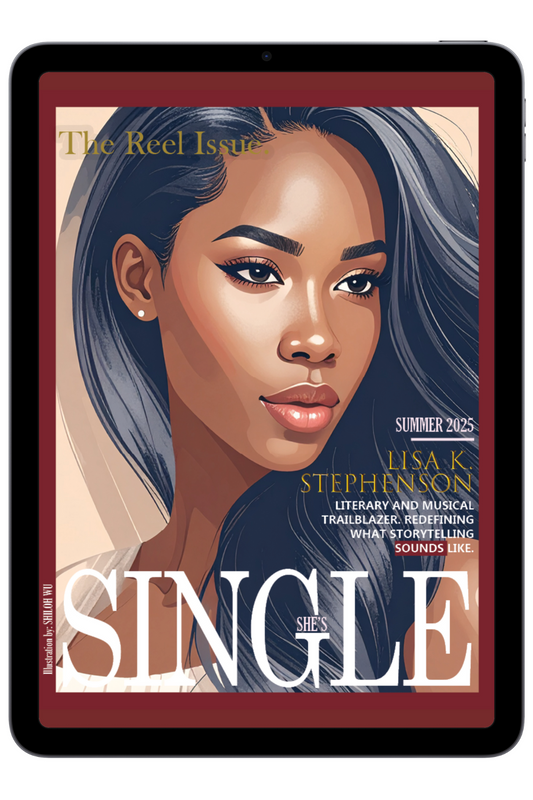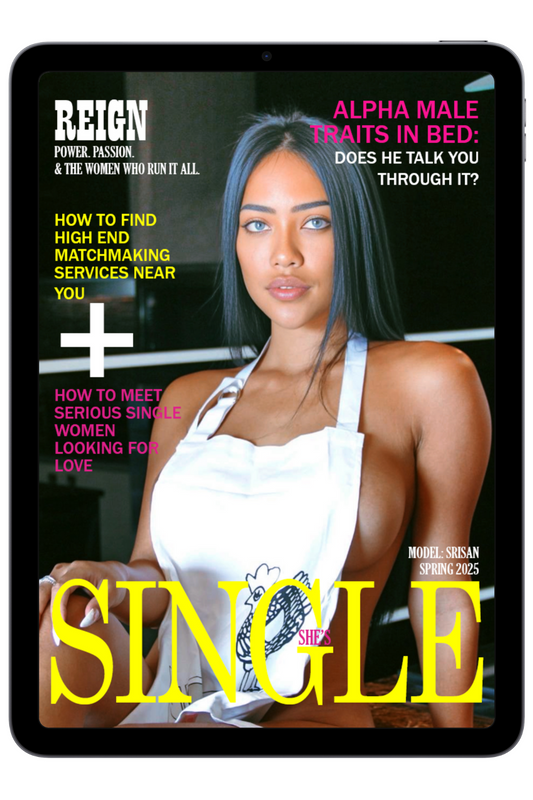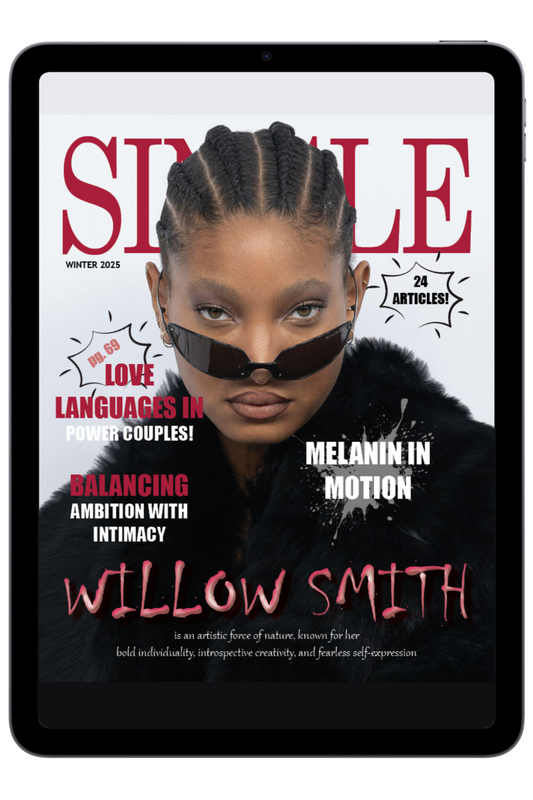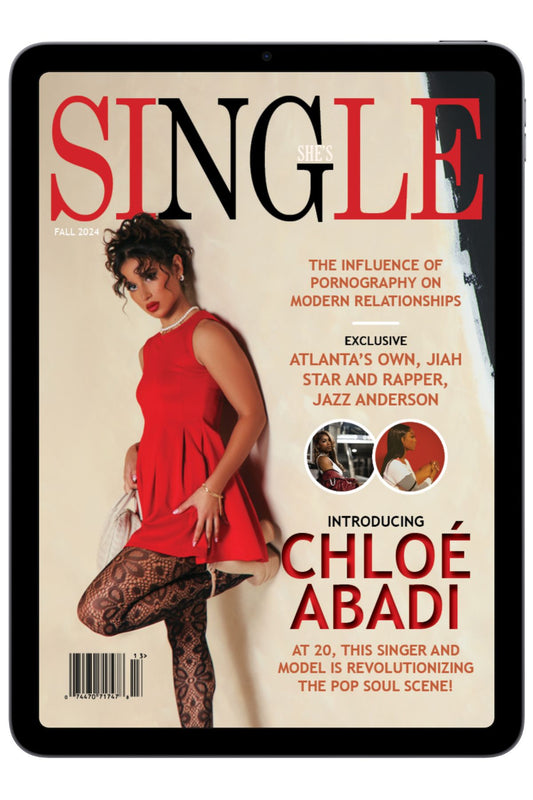The Death of Influencer Marketing: How Khy by Kylie Jenner Brought Back Traditional Campaigning

Socialite, reality star, and entrepreneur Kylie Jenner recently launched her quiet luxury clothing line, Khy by Kylie Jenner, with special guest collaborators—Berlin-based label, Namila. Similar to that of Jens and Emma Grede, who, although their names may be unfamiliar to some, are multimillionaire co-founders and co-owners of Kim Kardashian's loungewear brand, Skims. Skims is now estimated to be worth more than designer Tom Ford or outdoor wear brand Patagonia.
INFLUENCER MARKETING
PayPerPost, also known as the first influencer marketing platform, began around 2006. This was a marketplace designed to pay bloggers to create content for brands, and so began modern influencer marketing on social media as we know it today. Since 2006, things have gone off course, with everyday people creating content on their Instagram and YouTube accounts to build a substantial following.
Around this time, the Kardashians became well-known via Snapchat, Twitter, and soon after Instagram. Kylie Jenner notably mentioned that one of the reasons she started her lip kit line was that she would always get asked on Snapchat about the lip combination she was wearing. When she made videos sharing this information, the brand's products would sell out within minutes.
In 2023, during The Renaissance World Tour, Beyoncé used a setting spray that kept her makeup intact during her performances in the rain. It was later revealed to be the On 'Til Dawn Mattifying Waterproof Setting Spray by Patrick Starrr. The company then noted that the product was sold out indefinitely until the latter part of 2023. That's how quickly it sold out. So, what does this mean? It means that brands now want that kind of exposure. But influencer marketing is not going to get you there. None of the aforementioned success scenarios came from consumers being influenced. They saw something they liked and bought it without it being shoved down their throats.

The period from 2007 to 2023...ish has seen the growth of influencer marketing in a big way! YouTube pays content creators thousands for views through their YouTube Partnership Program, and then Instagram allowed users to monetize their content. Both of these are incentives for growing your platform, but the real incentive came when brands began pouring money into these creators in exchange for promotion. The only problem here is that their audience is not interested in them promoting products; that's not why they followed or subscribed. So, often we would see a drop in the numbers of engagement on those promotion posts versus their regular content.
But TikTok is officially where the game changed. To call the content creator community oversaturated would be an understatement. Brands are now noticing that almost anyone can promote their products for literally any budget, and in some cases, no budget at all. Consumers have noticed this shift too, adding little to no value to brands who still utilize this approach.
When was the last time you were influenced? The truth is, it was probably before words like "Sponsored," "#ad," "Eligible for Commission," and "Affiliate" became prominent by law whenever an influencer would exchange money or items for promotion and would earn from your sales. Kylie Jenner started it, and now, she's ending it. What a full-circle moment.
Influencers and content creators are scrambling, with high net worth brands now pulling back and doing their due diligence on where to invest their marketing dollars. The truth is that consumers have experienced ad fatigue. Influencer marketing is on the decline for the following reasons:
- There are too many "influencers" and "content creators."
- Consumers are finding it challenging to divide their attention.
- Consumers are overloaded with advertisements, from streaming platforms to social media apps; it's everywhere.
- Financial instability: People no longer want to be "influenced" to purchase a product; they want to see it used by someone else, like it, inquire about it, and then make a purchase. This is called product placement.
PRODUCT PLACEMENT
Product placement has been around for decades, most notably in movies and, more recently, music videos. However, when done incorrectly, fans can easily spot it. For instance, in the Netflix show "House On Haunted Hill," nearly every character had an iPhone, and the Director of Photography made sure to focus on these shots. Fans quickly realized that Apple had paid a significant sum to Netflix for this exposure.
In other cases, it's not as overt. Take the movie "Twilight," where the main character frequently wore American Eagle. Fans might not have immediately recognized it, but they admired the look, and American Eagle capitalized on this by replicating the outfits using their products in stores and online. This strategy resulted in increased sales and brand loyalty.
Do you need $25,000 for product placement in a movie or music video? The answer is no. But you do need a skilled marketing team that understands that investing thousands in an Instagram or TikTok post past 2023 is not a wise choice. The reality is that unless you're famous and backed by an outlet with high brand value, such as magazines or production companies, then no one truly cares. Magazines may not be able to influence, but their value helps to increase consumer trust for future investments.
In other words, consumers want what they naturally like, not what they're coerced into liking. It's akin to dealing with a rebellious teenager. You can offer advice and make suggestions, but in the end, they'll do what they want, regardless of the consequences.
Kylie Jenner and Jenner Communications have put in a lot of effort into this. They understand that consumers aren't interested in being told what and where to buy; they want to experience the buying process. Experience is what sells. Product placements work best when they're done subtly because they provide an experiential element.
You watch an excellent TV show or movie, and you might spot a product here or there. In contrast, a 30-second TikTok or Instagram video is purely about selling you a product. It's the budget version of a TV commercial, and the success of ad-free streaming services has already shown us why this approach doesn't work. Consumers dislike commercials, whether they're on TV or TikTok.

SOLUTION
TikTokers have started flooding the platform with their thoughts on the Khy by Kylie Jenner launch. Many have noticed that she didn't include a single influencer in her launch campaign, which, to me, is a stroke of genius. She's taking luxury and making it "exclusive" to the masses by generating a sense of FOMO (Fear of Missing Out).
If every popular fashion influencer received the product for free in exchange for an honest review, it would come across as cheap, accessible, and not worth the investment, particularly in this economic climate. It would just be another Kylie brand she's forcing upon consumers. Instead, she chose to do a launch video, a Vogue takeover, and numerous interviews – traditional marketing. Major magazines like Forbes, Daily Mail, Vogue, E!, CNN, and WWD, to name a few, have all featured significant articles about the young entrepreneur.
Kylie has chosen to focus on link-building, traditional marketing, and public relations to promote her products, and it's proving to be very effective. Influencers are no longer as influential when it comes to product promotion. A recent video by James Charles, where he openly admitted that a palette he had received from a brand years ago, and had previously praised to his fans, was actually subpar and not worth the investment, serves as a prime example of this shift. He felt that enough time had passed for him to come clean about his true feelings.

With ASIAS Legal Services (Public Relations Division), we ensure that such situations never occur. We have models and marketing team contractors sign perpetual NDAs.
However, this revelation from James Charles should serve as a wake-up call for brands. The only way to sell products effectively is by providing an experience rather than just pushing products into the faces of consumers. Consumers don't want to be sold to; they want an experience. Instead, adopt a link-building strategy and establish good relationships with journalists. Many public relations companies claim to have authentic relationships with journalists, but it's essential to be able to distinguish the real ones from the fakes.
Read On: The Death of Retail Public Relations & Affiliate Marketing.
Bloggers and journalists will always wield real power. Journalism is not dead; it's just evolving. However, this effort isn't free of cost. Simple tactics like shameless plugs and brand reviews (client, Latico) in articles will continue to be highly effective. There's no pressure on consumers to make an immediate purchase. Articles are indexed into Google and remain on the internet indefinitely, unlike an Instagram post. This approach also maintains journalistic integrity.
by Lisa K. Stephenson









